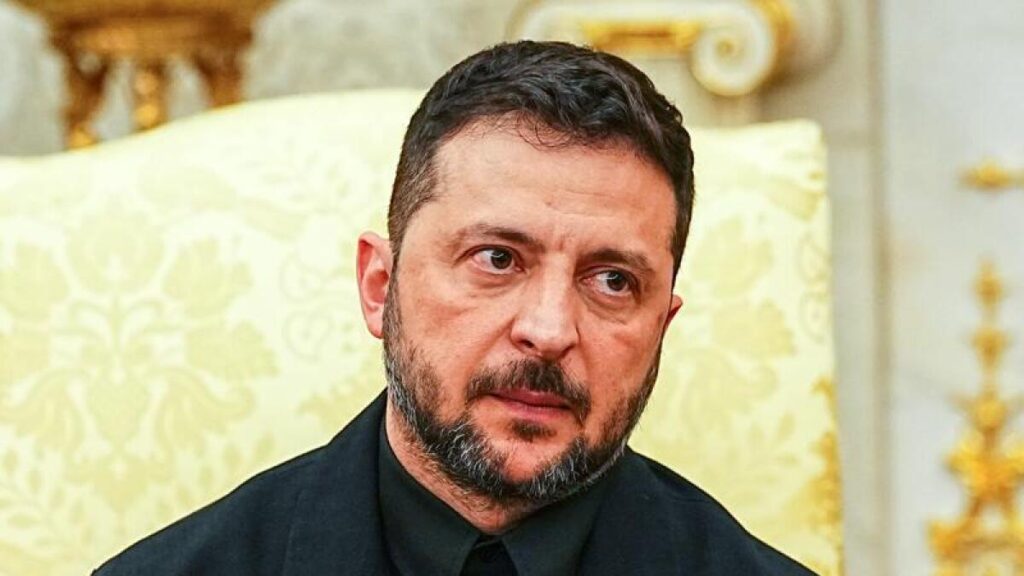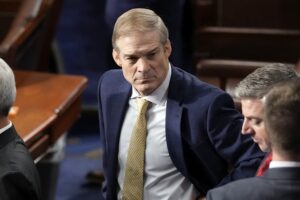
Ukraine is confronted with a critical decision regarding a proposed 28-point plan from the United States as winter approaches and the ongoing conflict with Russia intensifies. Former President Donald Trump emphasized the urgency of the situation, stating that Ukrainian President Volodymyr Zelenskiy would have to approve the plan to halt further bloodshed. Trump’s comments reflect a pressing timeline, suggesting that if Zelenskiy does not accept the proposal, Ukraine should continue its fight.
The plan, outlined in a draft seen by Reuters, calls for Ukraine to cede territory to Russia, accept limitations on its military capabilities, and renounce its aspirations to join NATO. While some elements of the plan may align with Russian interests, it also includes demands for Russian forces to withdraw from certain areas they occupy. Russian President Vladimir Putin indicated that the US proposal could serve as a foundation for resolving the nearly four-year conflict.
Zelenskiy has committed to collaborating with the United States on this initiative but anticipates increased political pressure in the coming days. He urged Ukrainians to maintain unity against what he described as additional attempts by Russia to undermine the peace process. In a grave video statement, he remarked, “Now is one of the most difficult moments of our history… Ukraine can face a very difficult choice – either losing dignity or risk losing a major partner.”
Reports indicate that Ukraine is developing a counter-proposal to the US plan in partnership with the United Kingdom, France, and Germany. Zelenskiy asserted his commitment to ensuring that key aspects of Ukrainian dignity and freedom are preserved in any agreement.
As the conflict continues, Russian forces persistently advance on the battlefield, targeting Ukraine’s energy infrastructure with missiles and drones. This escalation unfolds alongside a domestic political crisis in Ukraine, linked to a major corruption investigation involving senior officials and business leaders.
The US plan is expected to be a focal point during discussions at the G20 summit in Johannesburg, attended by European leaders despite Trump’s boycott of the event. The European Union’s foreign policy chief, Kaja Kallas, stressed the necessity of a resolution that respects Ukraine’s sovereignty, stating, “Russia has no legal right whatsoever to any concessions from the country it invaded.”
US officials have stated that the plan was formulated following consultations with Rustem Umerov, the secretary of Ukraine’s National Security and Defence Council. Umerov, a close ally of Zelenskiy, previously served as defence minister until July. While a senior US official claimed Umerov agreed to most elements of the plan, he later denied having consented to its terms and described his role as primarily technical in facilitating discussions.
The US proposal would require Ukraine to withdraw from territories it currently controls in eastern provinces that Russia claims to have annexed. In return, Russia would relinquish smaller areas it occupies in other regions. Additionally, Ukraine would be permanently barred from joining NATO, and its military forces would be capped at 600,000 troops, with NATO agreeing never to station troops within its borders.
The plan also includes provisions for gradually lifting sanctions against Russia, inviting Moscow back into the G8 group of industrialized nations, and pooling frozen Russian assets into an investment fund, allowing Washington to benefit from some of the profits. One of Ukraine’s main demands, which pertains to enforceable security guarantees to deter future Russian aggression, is addressed in a vague manner, simply stating, “Ukraine will receive robust security guarantees.”
As the deadline for decision-making approaches, the stakes remain high for Ukraine, where the balance between preserving national dignity and securing international support is increasingly precarious. The international community watches closely as this situation unfolds, with the potential for significant ramifications on the geopolitical landscape.






